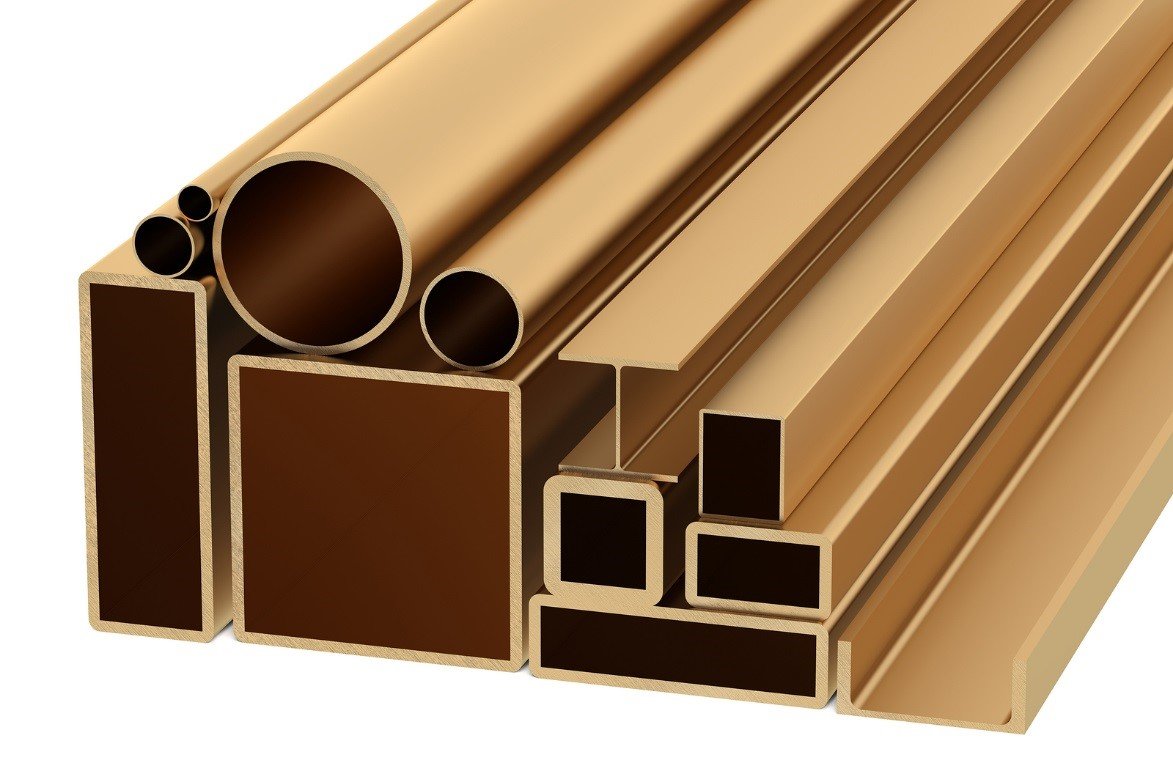In the past couple of decades, both builders and property owners have realized the wide range of design possibilities that metal brings to the table. While metal provides strength and stability, it is also undeniably sensitive to its surroundings. A metal that provides a rather good performance can corrode quite rapidly in some environments.
Despite the fact that Muntz metal (also known as Yellow Metal) is a material primarily used in maritime and industrial applications due to its antifouling properties, an increasing number of architects and contractors are appreciating the unique properties of Muntz metal as a building material too. Muntz metal is highly corrosion-resistant and can reduce the possibility of epibiosis. This means that Muntz metal is not prone to fungi or algae growth, which is quite typical in humid environments.
Capabilities and limitations
Architects and contractors consider several factors in choosing the right metal to incorporate in their design. The metal’s appearance, weight, strength, expected service life, anti-corrosive properties, ease of installation, and cost are just some of the things they consider.
As one of the more popular copper alloys, Muntz metal’s natural color is enough to entice builders to try and use them. Because this alloy is composed of approximately 60% copper, 40% Zinc, and traces of Lead and Iron, it gives off a nice reddish-yellow color that changes to a more mature reddish- or grayish brown color over time. The reason for this is the fact that copper and most of its alloy forms have a thin film of oxide adhering to its surface which tends to slowly react to its environment, thus changing the initial color. The thin layer of oxide is also known as a patina.
Muntz metal has a relatively good machinability rating. It also earned good ratings for oxyacetylene, spot, and butt welding while it has excellent rates for soldering and brazing. Aside from corrosion-resistance and antifouling properties, Muntz metal is also highly malleable and has good strength. On the downside, the alloy has very low ductility which makes drawing out wires made of Muntz metal quite impossible.
While a number of builders are using Muntz metal for art deco purposes, most find this alloy useful as roofing material. Majority of builders also use this alloy in architectural panels, trims, door frames, and as structural sheets.
Property owners near seawater or beaches also find the alloy to be the perfect material as it does not corrode as easily as other building materials in the presence of a salty environment. Despite its anti-corrosive properties, care must be exercised when using Muntz metal as it can be incompatible with concrete (which leaches alkali) and with fire-retardant treated wood, since both can violently react with copper.
Muntz Metal in Construction and Modern Architecture
Though stainless steel remains the most popular metal in the building industry, more people involved in building design and construction are finding Muntz metal to be an excellent choice as a material. It is light, offers excellent length of service life, and is easy to work with as it is malleable enough to be shaped into bends and angles. The alloy is also considered to be relatively cheaper than other kinds of copper alloys in the market.
While it might not be a commonly used construction material, Muntz metal is undeniably taking its place as a viable building material choice especially for those who are living in an environment with high chloride concentrations in the air (i.e. by the sea). While other building materials experience rapid deterioration when exposed to the salty air, Muntz metal does just the opposite and remains as stylish and elegant as it was first installed.
Sources:
Capabilities and Limitations of Architectural Metals, NickelInstitute.org
Metals Selection in Architecture, Engineers.org


